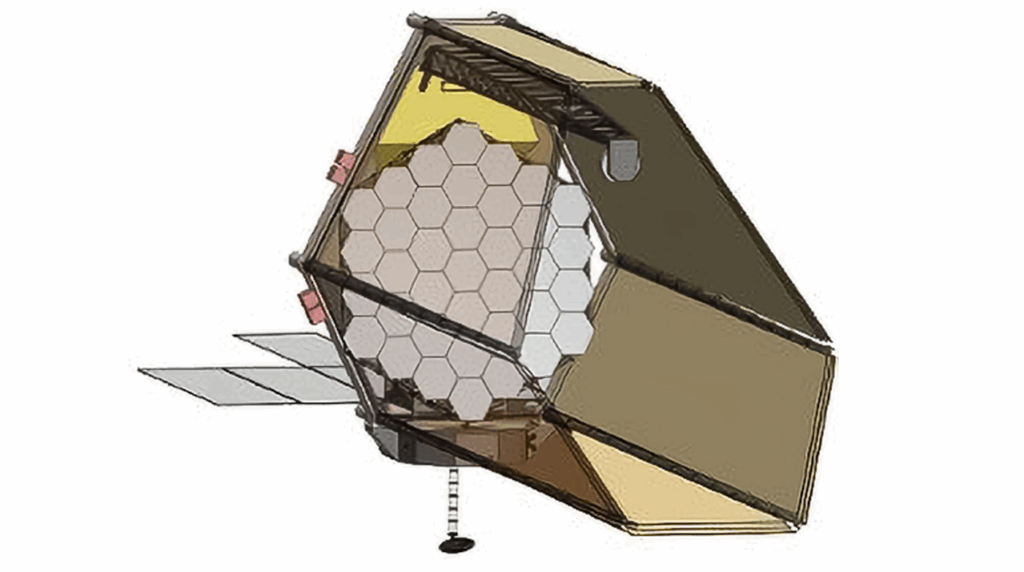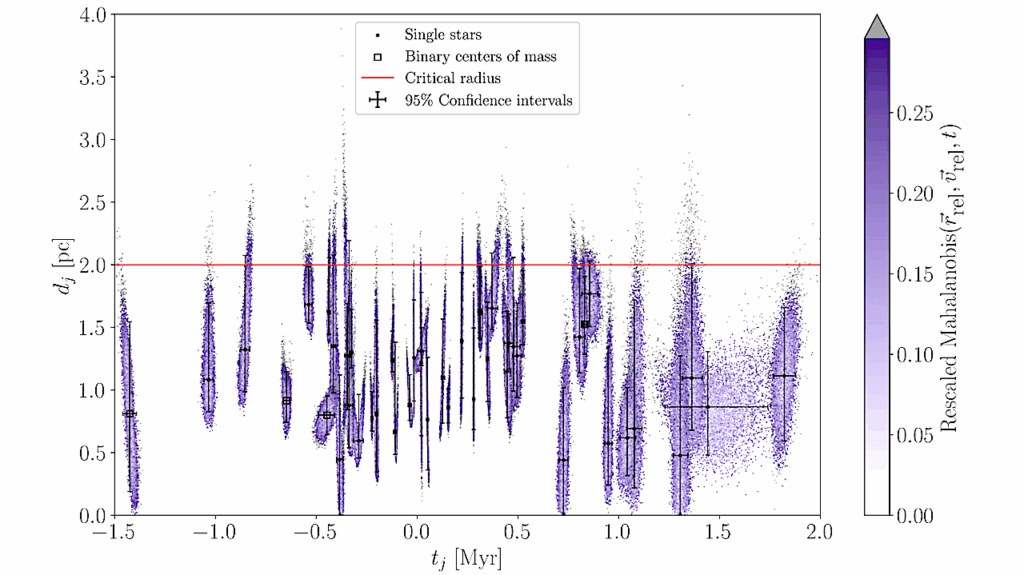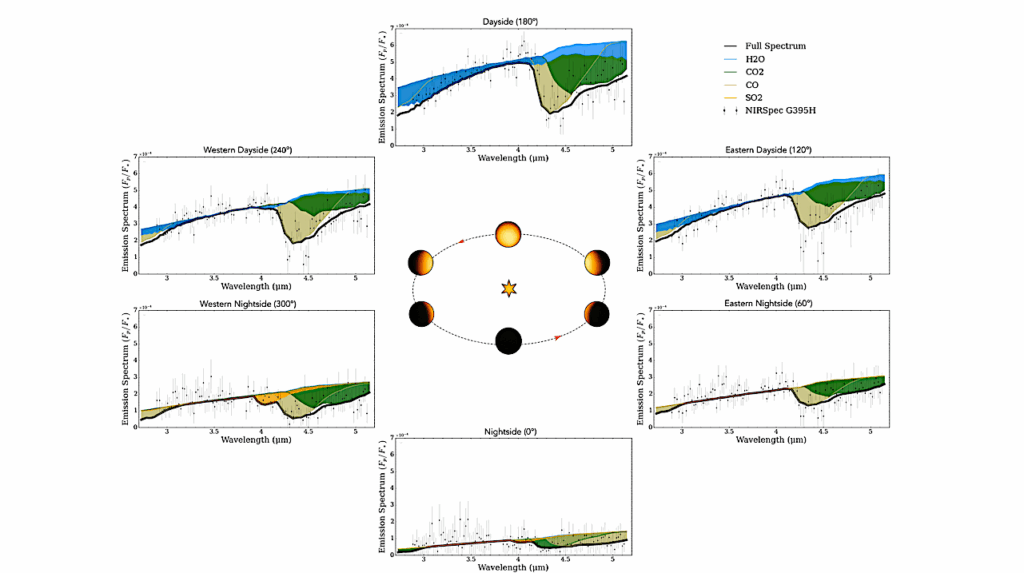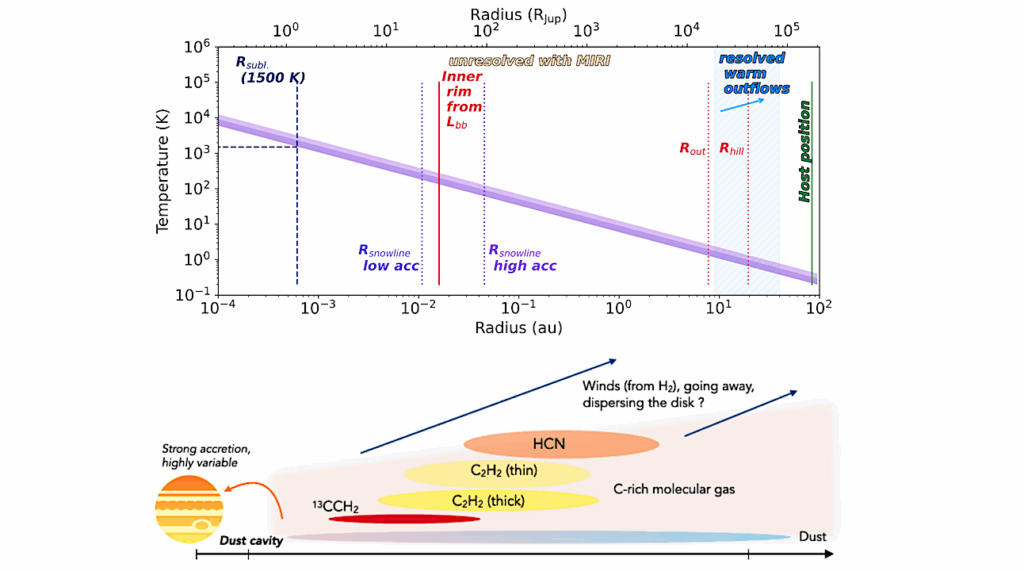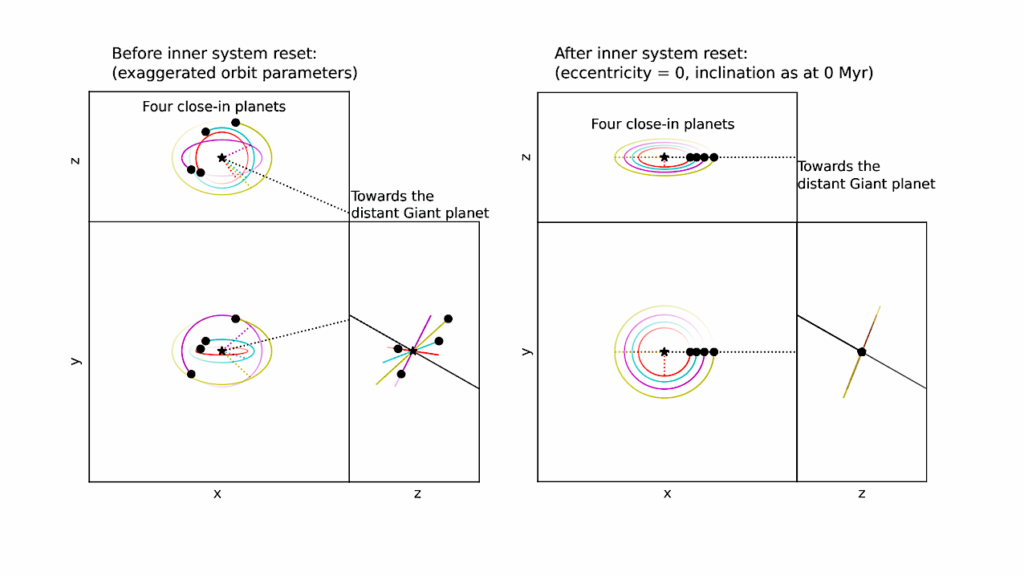The Impact of Planetary Rotation Rate on the Reflectance and Thermal Emission Spectrum of Terrestrial Exoplanets Around Sun-like Stars
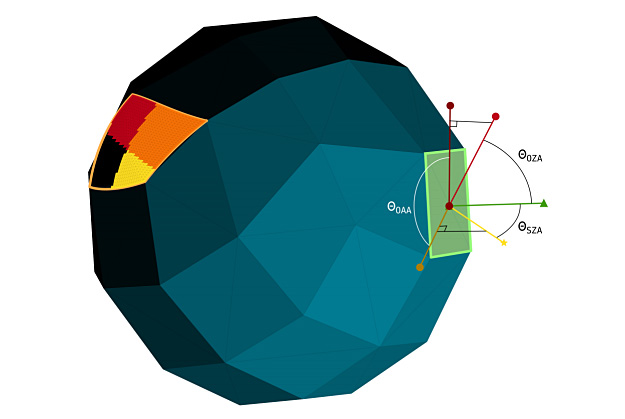
Robust atmospheric and radiative transfer modeling will be required to properly interpret reflected light and thermal emission spectra of terrestrial exoplanets.
This will break degeneracies between the numerous atmospheric, planetary, and stellar factors that drive planetary climate. Here we simulate the climates of Earth-like worlds around the Sun with increasingly slow rotation periods, from Earth-like to fully Sun-synchronous, using the ROCKE-3D general circulation model. We then provide these results as input to the Spectral Planet Model (SPM), which employs the SMART radiative transfer model to simulate the spectra of a planet as it would be observed from a future space-based telescope.
We find that the primary observable effects of slowing planetary rotation rate are the altered cloud distributions, altitudes, and opacities which subsequently drive many changes to the spectra by altering the absorption band depths of biologically-relevant gas species (e.g., H2O, O2, and O3). We also identify a potentially diagnostic feature of synchronously rotating worlds in mid-infrared H2O absorption/emission lines.
Scott D. Guzewich, Jacob Lustig-Yaeger, Christopher Evan Davis, Ravi Kumar Kopparapu, Michael J. Way, Victoria S. Meadows
(Submitted on 6 Feb 2020)
Comments: Resubmitted to The Astrophysical Journal following review and revision
Subjects: Earth and Planetary Astrophysics (astro-ph.EP)
Cite as: arXiv:2002.02549 [astro-ph.EP] (or arXiv:2002.02549v1 [astro-ph.EP] for this version)
Submission history
From: Scott Guzewich
[v1] Thu, 6 Feb 2020 23:06:15 UTC (1,657 KB)
https://arxiv.org/abs/2002.02549
Astrobiology


